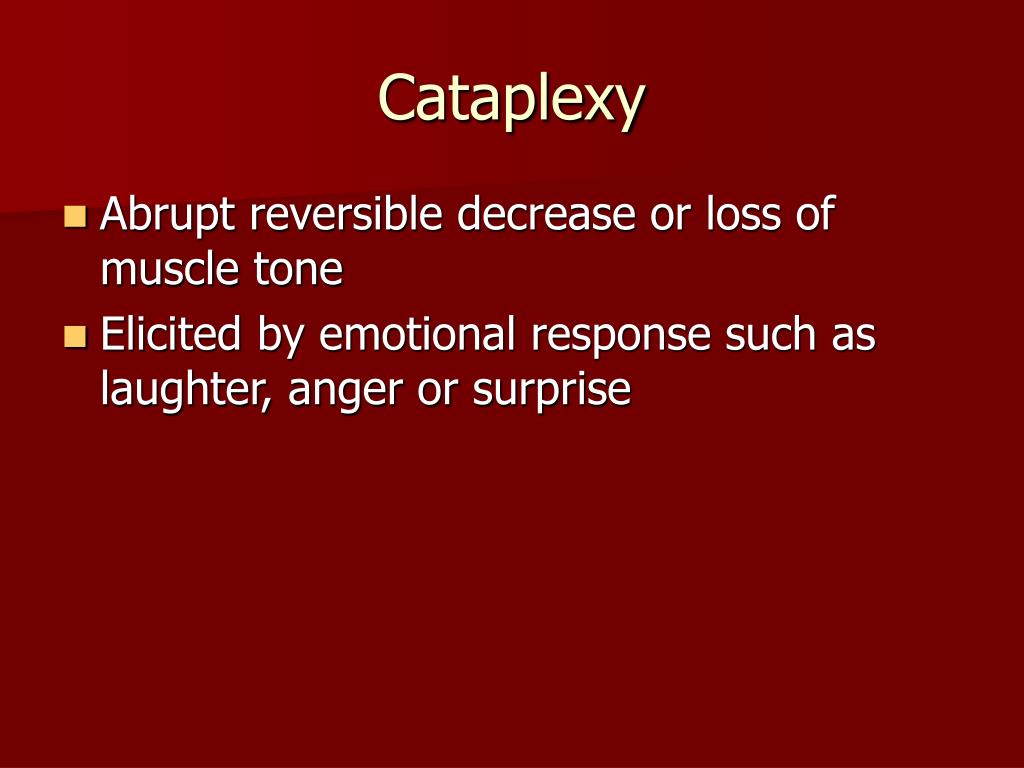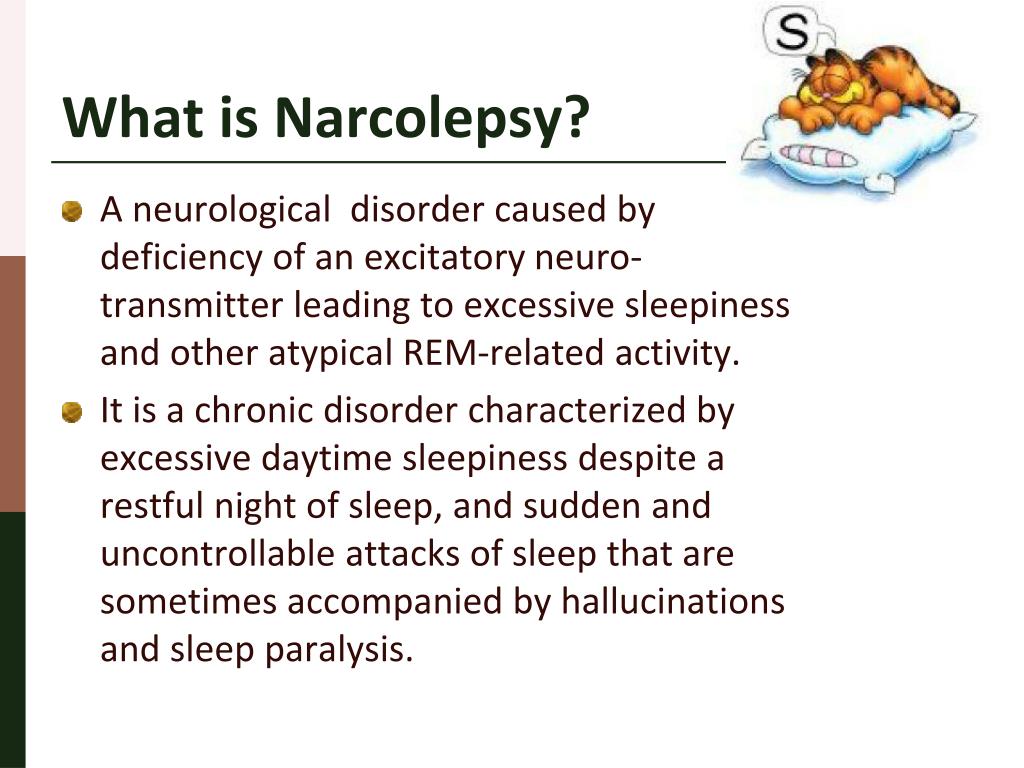

The most common signs of catatonia are immobility, mutism, withdrawal and refusal to eat, staring, negativism, posturing (rigidity), rigidity, waxy flexibility/ catalepsy, stereotypy (purposeless, repetitive movements), echolalia or echopraxia, verbigeration (repeat meaningless phrases). Movements and mannerisms may be repetitive, or purposeless. These patients may be unable to start an action or stop one. Catatonia presents as a motor disturbance in which patients will display marked reduction in movement, marked agitation, or a mixture of both despite having the physical capacity to move normally. īecause most patients with catatonia have an underlying psychiatric illness, the majority will present with worsening depression, mania, or psychosis followed by catatonia symptoms. The presentation of a patient with catatonia varies greatly depending on the subtype and underlying cause, and can be acute or subtle. Antipsychotics are sometimes employed, but they can worsen symptoms and have serious adverse effects. There is growing evidence of the effectiveness of the NMDA receptor antagonists amantadine and memantine for benzodiazepine-resistant catatonia. Treatment with benzodiazepines or ECT can lead to remission of catatonia. Recognizing and treating catatonia is very important as failure to do so can lead to poor outcomes and can be potentially fatal. There are several subtypes of catatonia: akinetic catatonia, excited catatonia, malignant catatonia, delirious mania, and self-injurious behaviors in autism. Catatonia is not a stand-alone diagnosis (although some experts disagree), and the term is used to describe a feature of the underlying disorder. It is now known that catatonic symptoms are nonspecific and may be observed in other mental, neurological, and medical conditions. It has historically been related to schizophrenia (catatonic schizophrenia), but catatonia is most often seen in mood disorders. The onset of catatonia can be acute or subtle and symptoms can wax, wane, or change during episodes.

Underlying illness (psychiatric, neurologic, or medical), brain injury/damage, certain drugs/medicationsīenzodiazepines (lorazepam challenge), electroconvulsive therapy (ECT) Ĭatatonia is a complex neuropsychiatric behavioral syndrome that is characterized by abnormal movements, immobility, abnormal behaviors, and withdrawal. Physical trauma, malignant catatonia (autonomic instability, life-threatening), dehydration, pneumonia, pressure ulcers due to immobility, muscle contractions, deep vein thrombosis (DVT) and pulmonary embolism (PE) Immobility, mutism, staring, posturing, rigidity, low consciousness, etc.


 0 kommentar(er)
0 kommentar(er)
